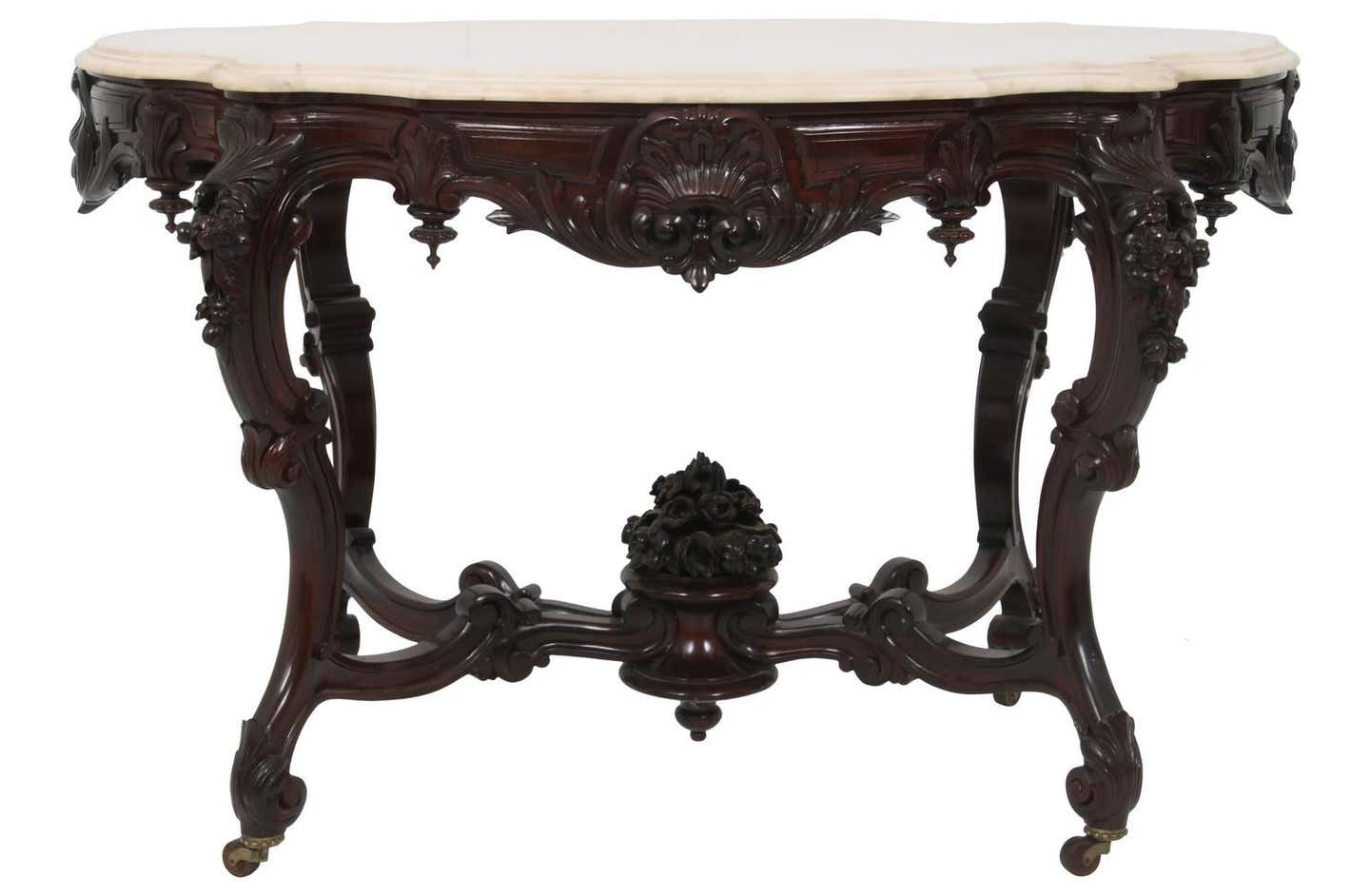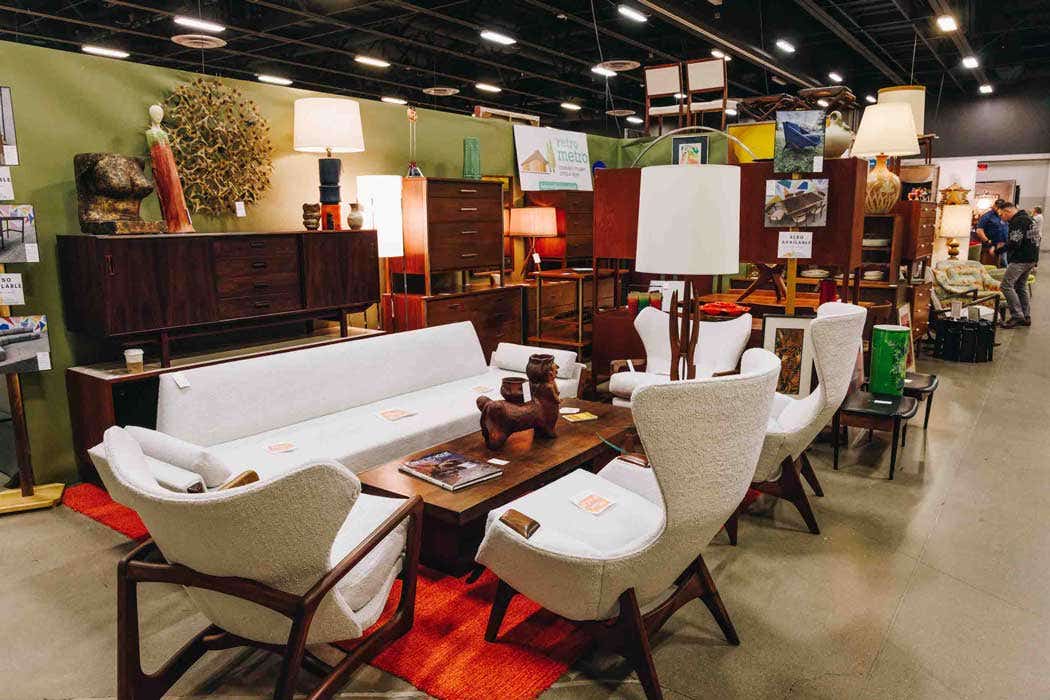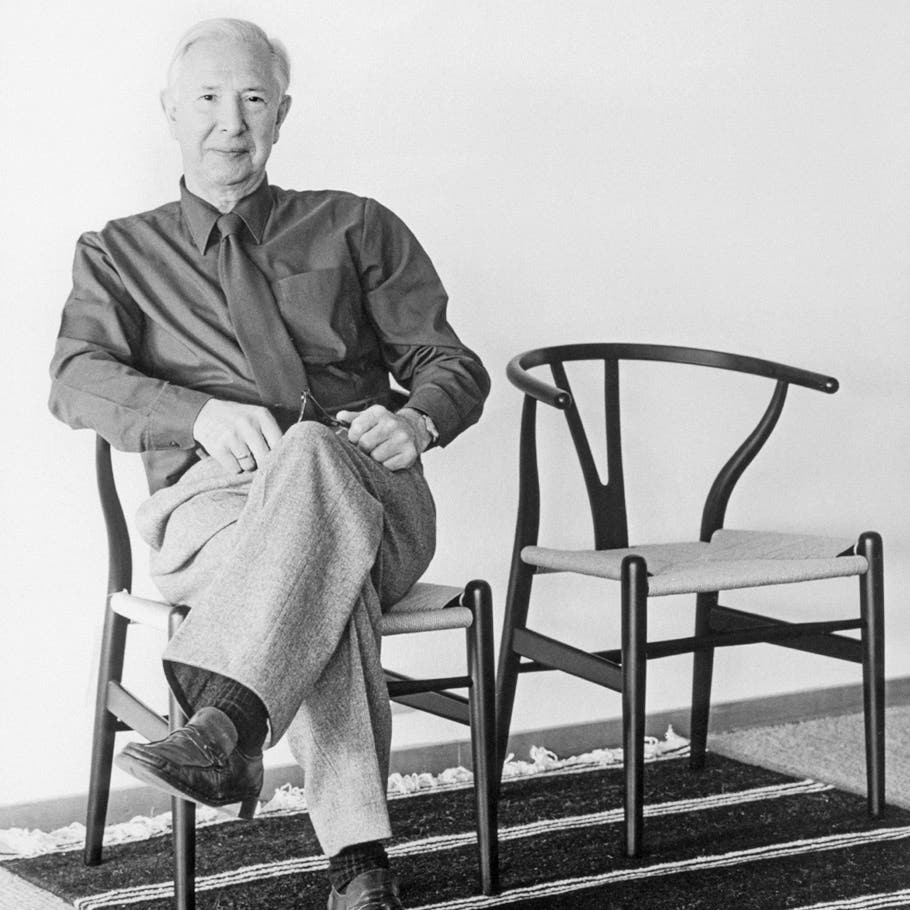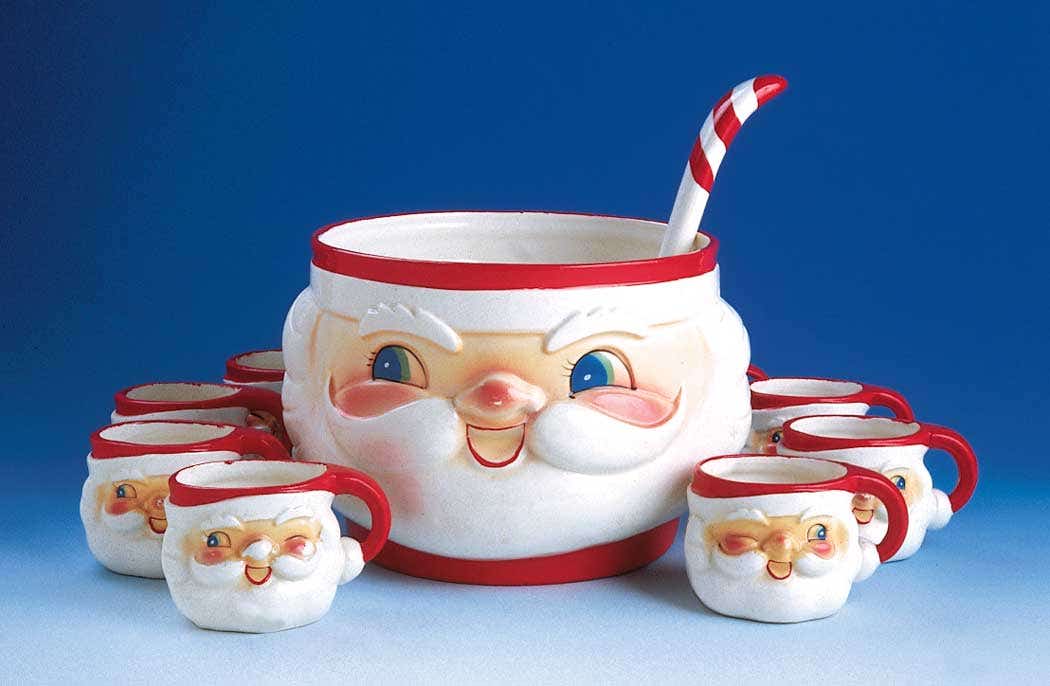Where to Find Secret Compartments in Antique Furniture
Secret compartments and spaces, crafted by furniture makers for generations, are prevalent among variety of examples of antique furniture, explains Furniture Detective Fred Taylor.
Watching a good craftsman work is always an entertaining way to spend some time. Have you ever studied the way an expert mason lays brick? The practiced moves and the economy of motion are striking. The same with watching a good fly caster or a professional golfer. These people are good because they have practiced most of their lives at their art or craft. But even the best craftsman gets a little bored on occasion or wants to add some interest or variation to the work or the product. That’s why we have artistic masonry patterns, trick pool shot artists and hot dog snowboarders.
Fun Furniture
What does that have to do with furniture? Furniture craftsmen like to have a little fun, too, and sometimes their creations are just as interesting and amazing as those of any other professional playing at their work. One of the challenges of any cabinetmaker is the task of making the most and best use out of any volume included in a cabinet. It’s no challenge to a master cabinetmaker to build a box. But to build an interesting box is a worthy endeavor. While some of the results are downright clever, some cross over to the devious category and are not meant to be visible without a clue or two.
The most obvious little trick is the use of a stylistic element that actually turns out to be something else. The standard of the genre is the set of columns on either side of the prospect door in a 20th century Colonial Revival drop front desk. Everyone, almost, knows that those little columns pull out to reveal extra storage space. They are document drawers and almost every drop front reproduction includes one. But they are just the latest in a long line of hiding places created by craftsmen to fill the need for privacy and security at a time when the modern safe deposit box at the bank was just not an option. So where to hide the will and some extra cash? Tricky little spaces abound in older cabinets.
More Than Meets the Eye
One way to create a private space in a bookcase secretary is to leave a small gap between the upper and lower sections. While not visible from the front of the cabinet, the space is open to the rear and documents or valuables can easily be slipped into the space to be retrieved as required. Of course the trick is to keep the cabinet fully loaded so the curious spouse, child or domestic doesn’t make a regular practice of checking on the contents if they happen to be aware of it.
Another way to hide something is to put it in plain sight disguised as something else. That’s the trick often in use by 18th century desk builders to provide quick access to some private space. The fitted interior of a drop front desk usually includes slots for folded documents. These spaces are common cubbyholes or pigeon holes and the arrangement can be quite fanciful in some desks.
The spaces are often separated by scroll cut dividers and they are often decorated with draped valences across the top. This gave the cabinetmaker the opportunity to hide a drawer front in plain sight disguised as a valence. Pull on the valence and a small suspended drawer is revealed. Interior prospect doors are another good hiding place to conceal a false bottom leading to space below or a false rear panel that can be removed to show space behind what seems to be the back of the cabinet.
Smart Spaces
Empire secretaries from the mid 19th century also employ some hidden space. When the fold out top
is opened the flat writing surface often lifts to reveal storage below. Often a set of drawers at the base of the bookcase section is revealed when the top is open. Removing one of the drawers often leads to another space in the interior of the cabinet below the bookcase section behind the main top drawer. And since many Empire bookcase secretaries employ crowns that can be removed for transportation, another mobile element is introduced that can be used to conceal a private item. It is not unheard of to find a “pocket” built into the back of the crown frieze front in which a document or some cash can be stashed by the use of a step stool or small ladder.
Mid-century chests also contained some unexpected spaces. It was not uncommon to find that the lower kick panel on a Rococo chest was actually a fourth drawer in disguise. I detailed one such chest in this space in August 2004 which resulted in the discovery of a piece of paper bearing the date and the signature of the presumed cabinetmaker in 1869.
Classic Concealing
After the middle of the century, the need for concealment turned from actual deception to concealed
storage for convenience or versatility and sometimes it led to “Rube Goldberg” type contraptions. Among these were the elaborate “folding beds” of the 1880s and 1890s made by such companies as Hale & Kilburn in Philadelphia, M. Samuels in New York City and Stickley-Brandt in Binghamton, New York. These beds predated the famous Murphy bed by many years.
The “Champion” series of beds from Hale & Kilburn came in double, three quarter and single sizes and folded up into an elaborate solid walnut cabinet in the Renaissance or Aesthetic Movement styles of the period. The hinge movements are complex and often include actually folding the length of the bed in half.
Hunzinger Masters Enhanced Tables
The beds from Samuels were more plain, coming in smaller “imitation walnut” cabinets with a much simpler facade but that still resembled a chest of drawers with a mirror in some models. Closer to the turn of the century, Stickley-Brandt’s beds looked like cabinets from the “Golden Oak” era complete with mirrors. William Murphy patented his much simpler bed around 1900. The most famous of his beds worked by pivoting from a door jamb rather than folding into a cabinet.
George Hunzinger, the German born and trained cabinetmaker, concentrated on chairs for most of his career, accumulating 20 patents on chair forms over the years. Toward the end of his life he became interested in swiveling tables. One of his most interesting tables the patent came in 1894, five years before his death. It was a round oak or mahogany table with a flowing, four-legged base. He had several designs for the tops, which pivoted on two of the four supports to provide a table with two top surfaces.
In some models one side was a plain wooden table top with a game table on the other side featuring brass receptacles for poker chips arranged around a fabric covered playing surface. Other models had a checker board or backgammon board inlaid on one side. The tables were quite popular at the time and for several decades after the patent date. Today examples of that table in good condition sell for several thousand dollars.
Celebrating Secret Spaces
During the Depression era between the World Wars, combination furniture became widespread as living quarters became smaller. One clever innovation is the “plantation table.” Usually in a sort of Chippendale style it appears to be a regular size fold over game table with a drawer. But when the top was folded over the top section could accompany half the frame as it separates and expands to become an extension dining table. It could accommodate the addition of three or four leaves to make the table full sized.
Another table appeared to be a low cabinet but it, too, opened and expanded to become a dining table. The United Table-Bed Company of Chicago created the “Ta-Bed,” which looked like a regular modern dining table but the table top flipped back to become the headboard and the apron, leaves and legs extended to create a single bed.
One final innovation in table design showed up early in the century and was popular for many decades. It was the folding center leaf of a dining table. The table opened like any other extension table but it only had space for one leaf. That leaf comes together at half and suspended under the tables on a sliding rack. The leaf lifted up and unfolded while still on the rack, never leaving contact with the table. Owners of that arrangement didn’t lose many leaves when they moved.
With more than 30 in the antique furniture business, Fred Taylor is a household name when it comes to the practical methods of identifying older and antique furniture: construction techniques; construction materials; and style.








